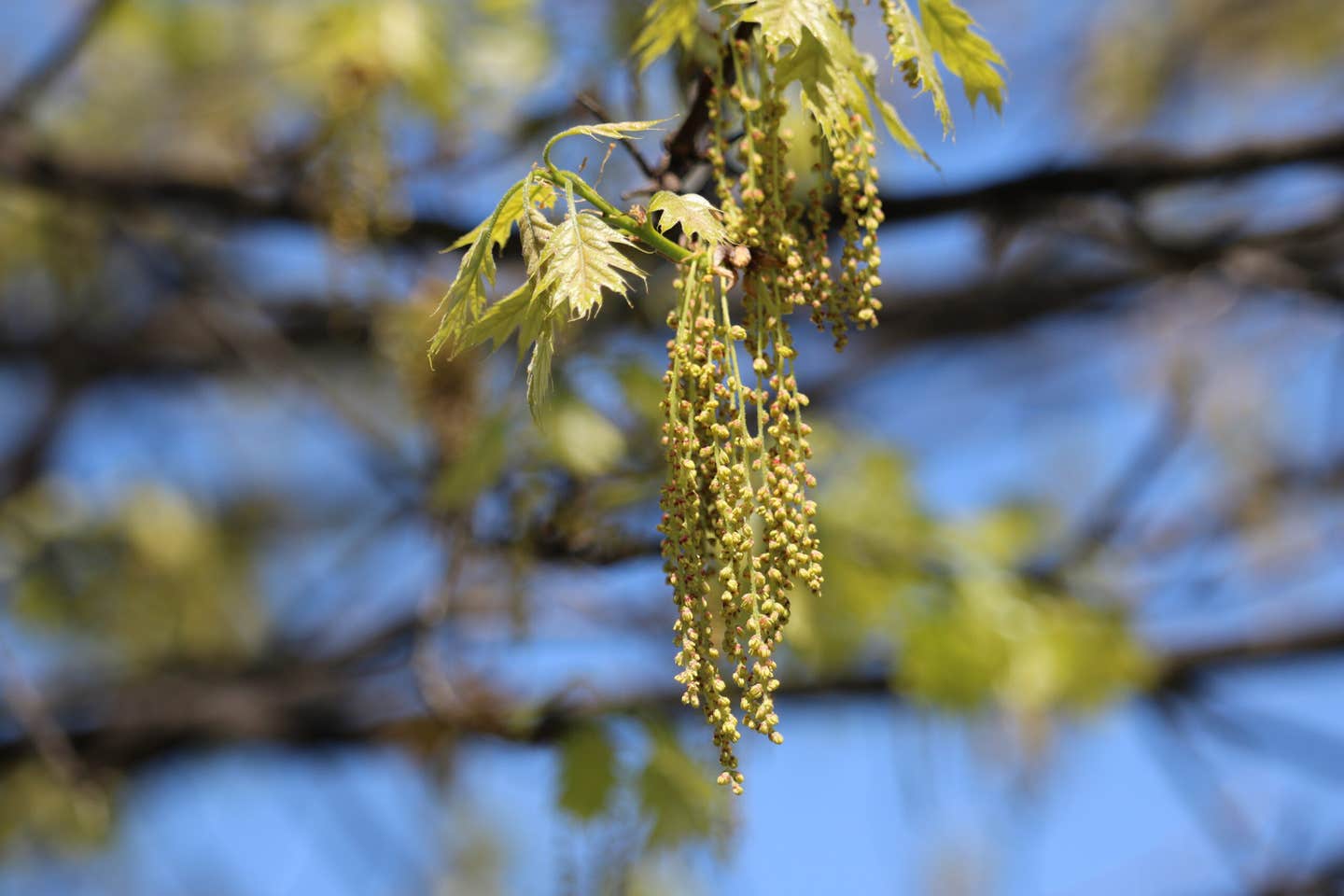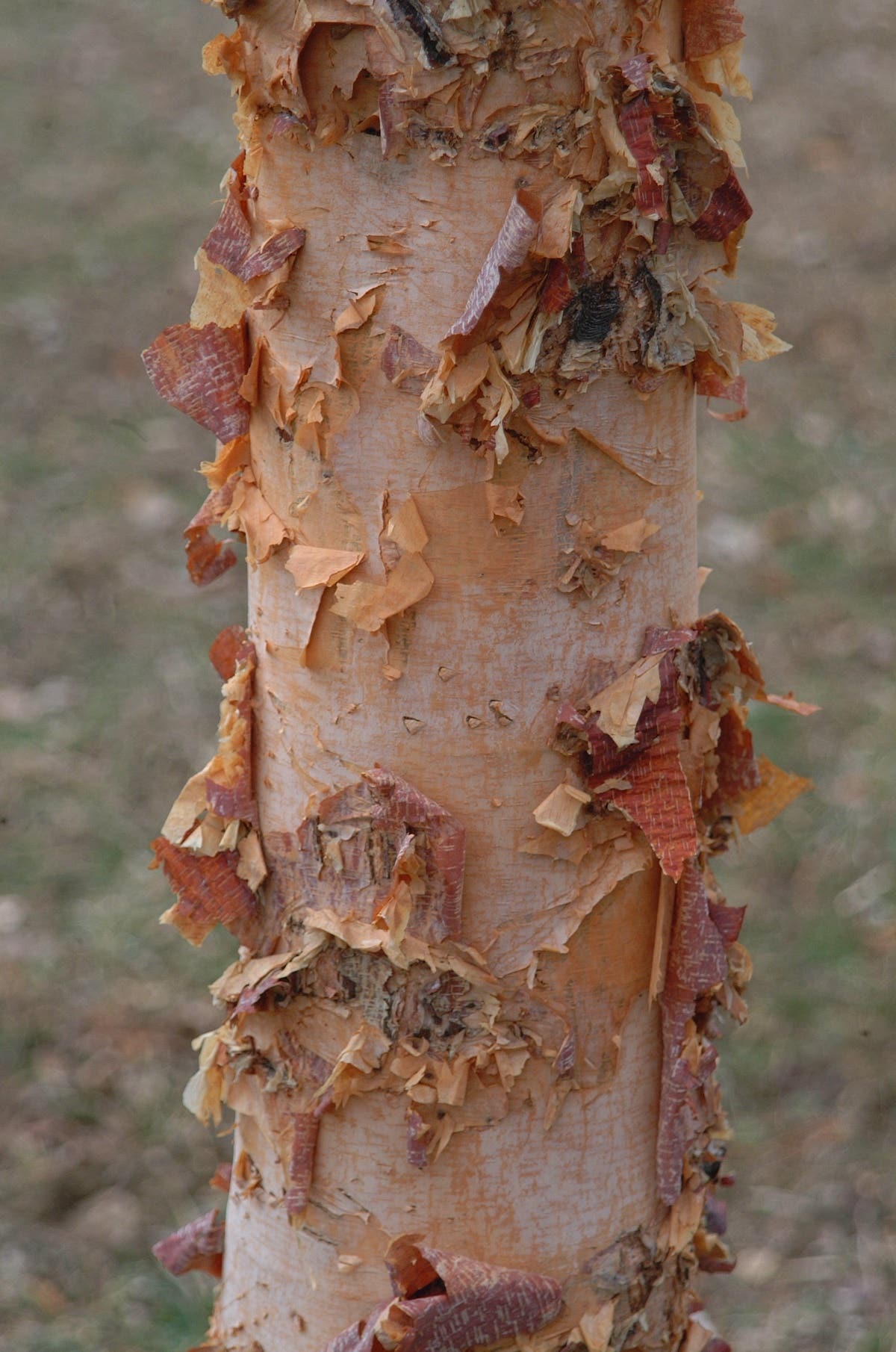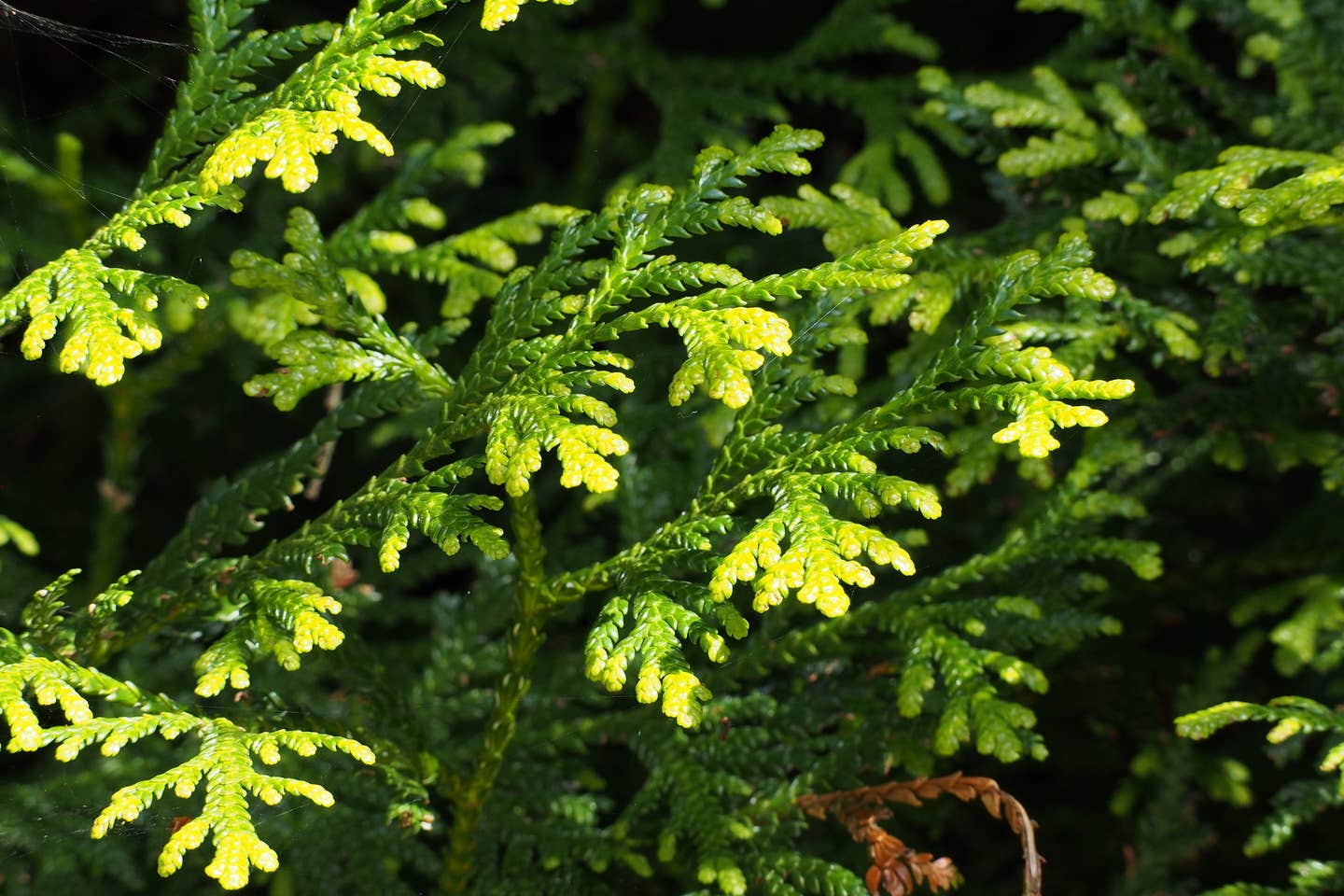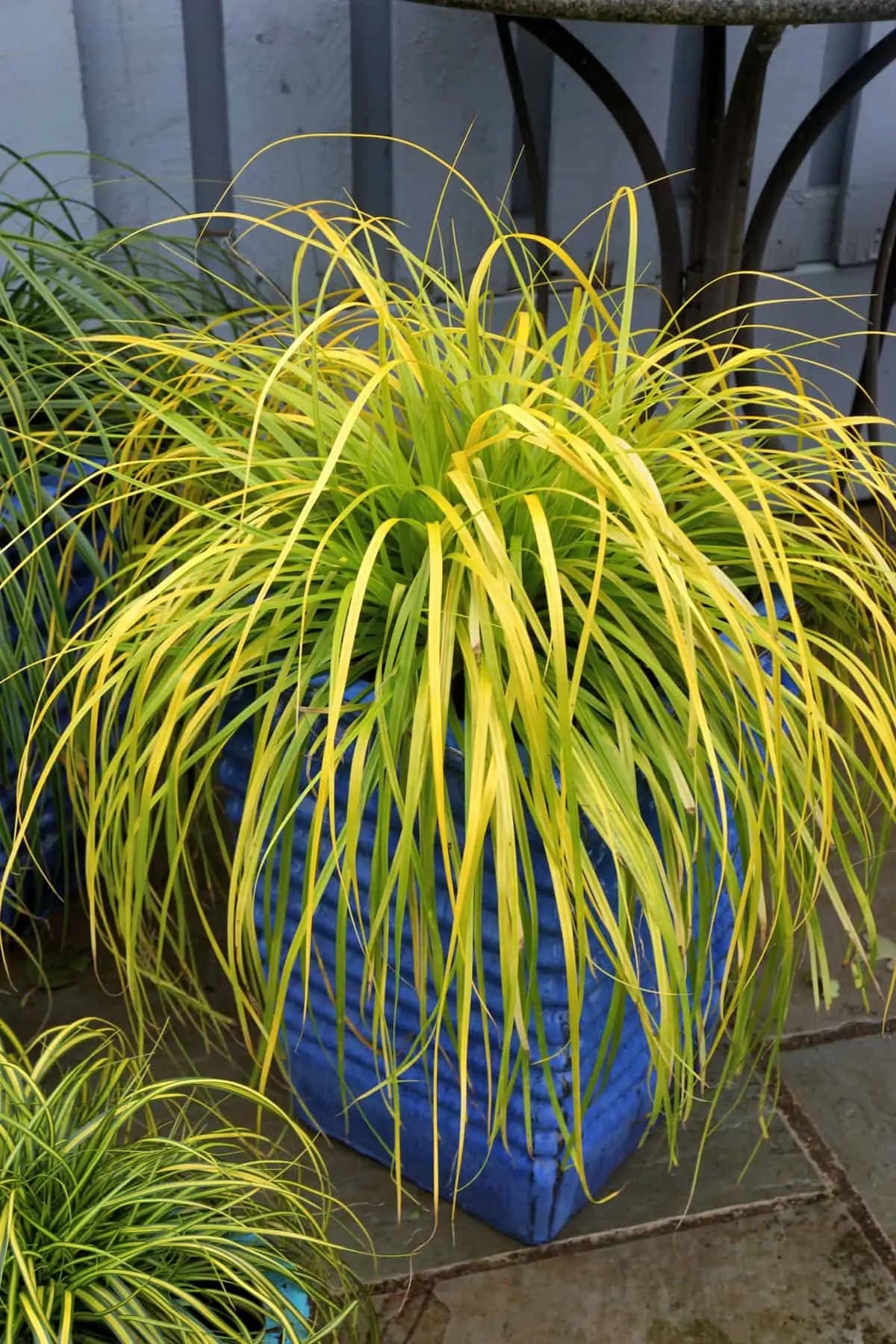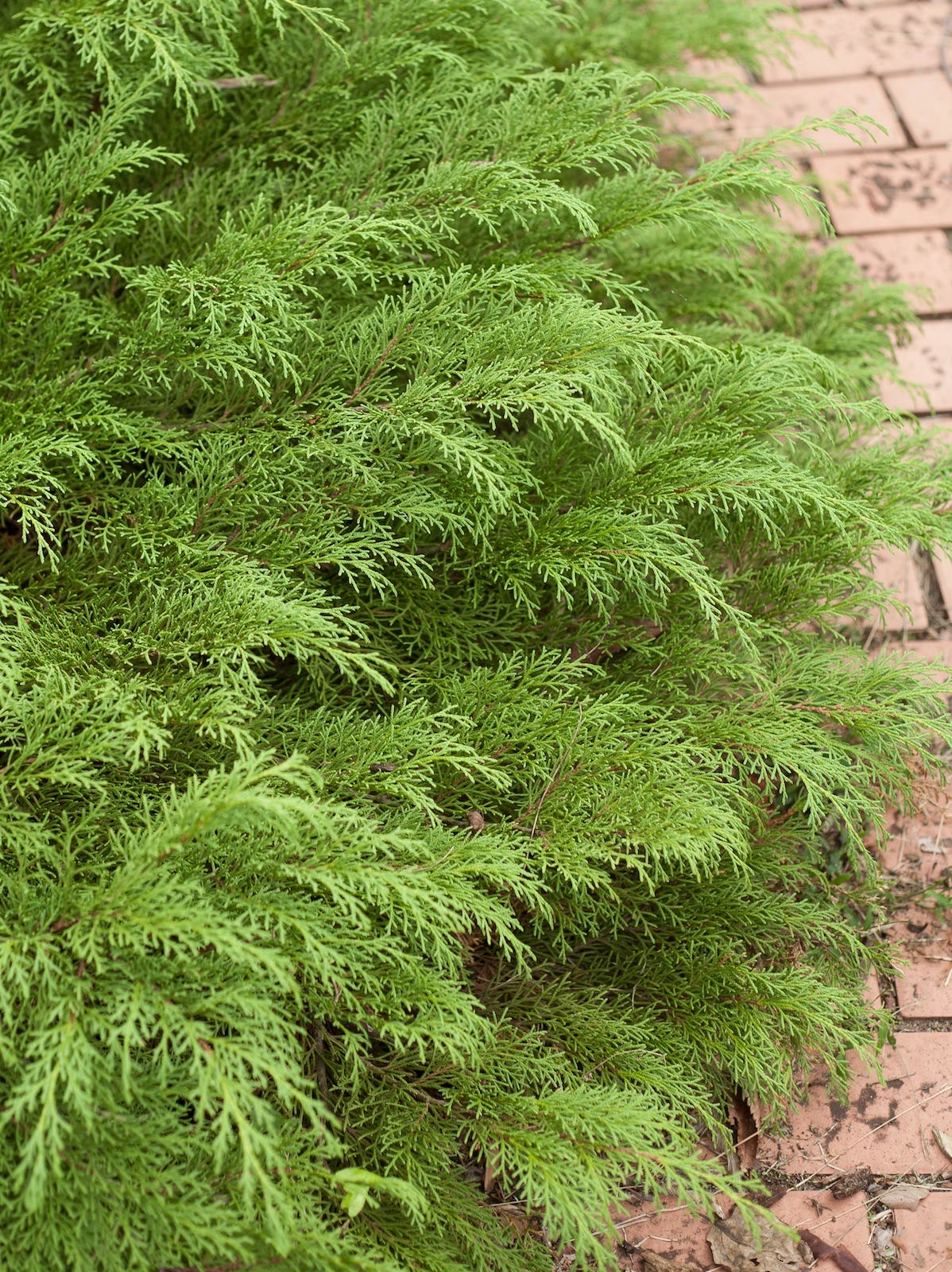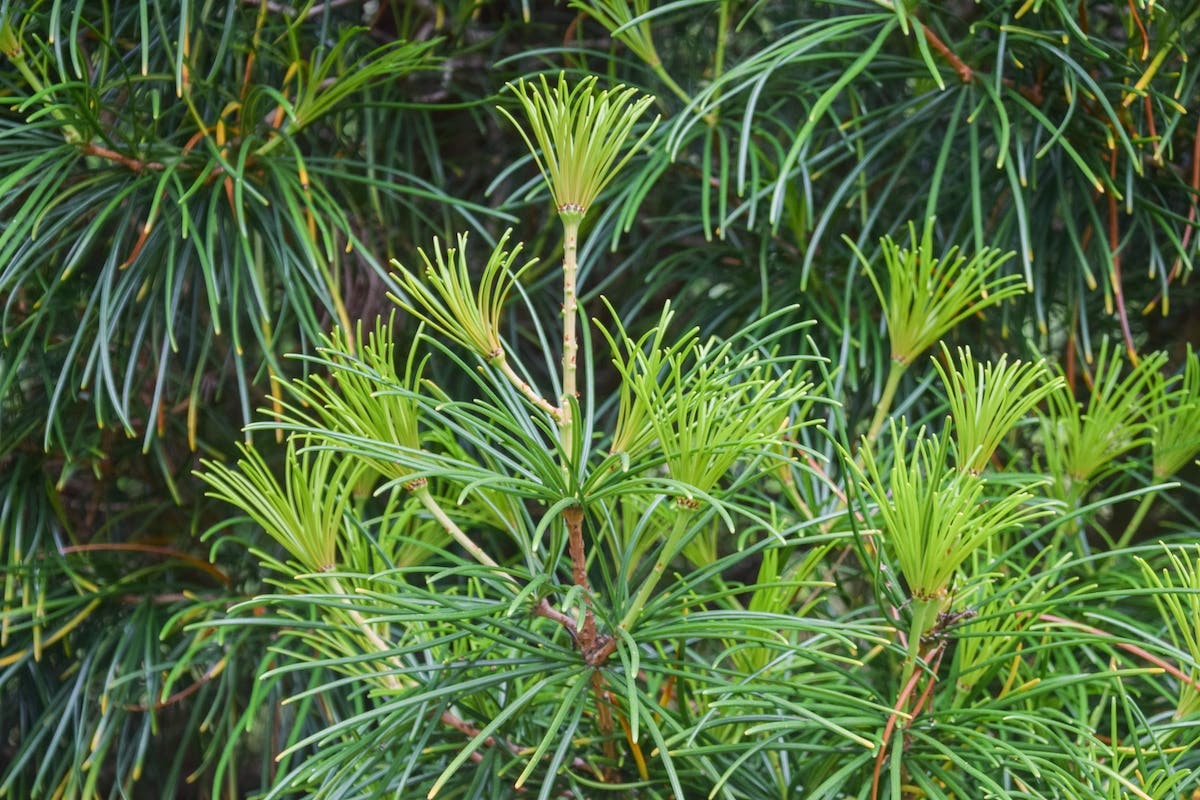English Daisies
Virtues: We love English daisies (Bellis perennis cvs.) for their whimsical flowers and tolerance of frosts. In early spring they make a great alternative to the more commonly seen pansies…
Virtues: We love English daisies (Bellis perennis cvs.) for their whimsical flowers and tolerance of frosts. In early spring they make a great alternative to the more commonly seen pansies and violas.
Common name: English daisies, lawndaisy
Botanical name:Bellis perennis
Flowers: Daisylike. The straight species has a single ring of white or pinkish petals surrounding a yellow center, but cultivars in shades of pink with numerous rings of petals are available. 'Rob Roy' (shown) has deep pink, nearly red flowers. 'Pomponette Mix' has both white and pink flowers with many tiny petals.
Foliage: Spoon-shaped medium green leaves.
Habit: Herbaceous perennial 4 to 6 inches tall and 4 to 8 inches wide.
Season: Early spring to summer.
Origin: Europe.
Cultivation: Grow in full sun to part shade, in moist but well-drained soil. Grows best in cool weather; intolerant of summer heat. For this reason English daisy is usually grown as a cool-season annual, being dug up and discarded as summer begins. Seed can be direct-sown in the fall for spring bloom in the South, or as soon as the soil can be worked in early spring in the North. Seed can also be started indoors in the North, about 6 to 8 weeks before the average last frost. Transplants are often available at garden centers in spring. The species can spread by stolons (underground stems) where summers are cool, including Zones 4 and 5 and in the Pacific Northwest; may self-sow in warmer areas. Named cultivars are not known to self-sow. Some consider it a lawn weed. USDA Zones 4–8.
________________________________________________________________________
Make your garden stand out from the rest with the Fabulous & Unusual Annuals Collection, 5 seed packets from Renee's Garden.
Learn about growing annuals in the Smart Guide: Annuals, which includes step-by-step projects.
Browse online course offerings from Garden How-To University.


